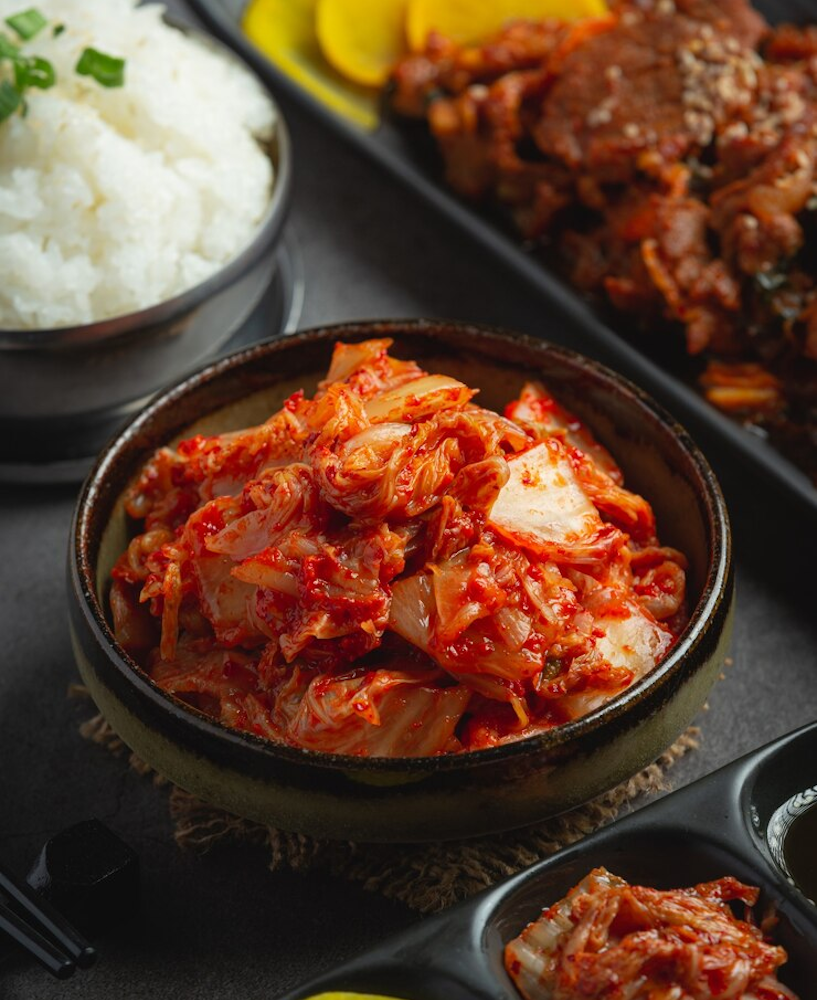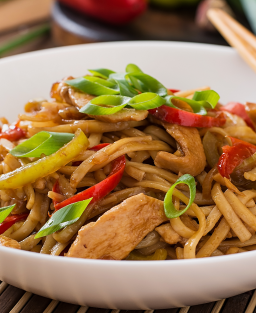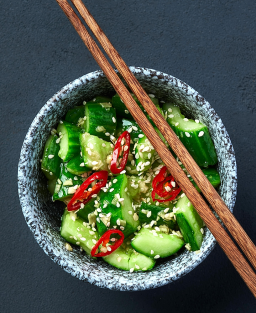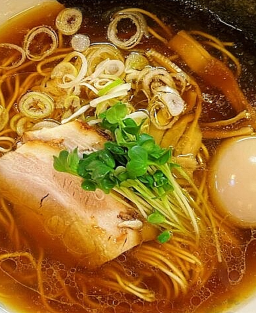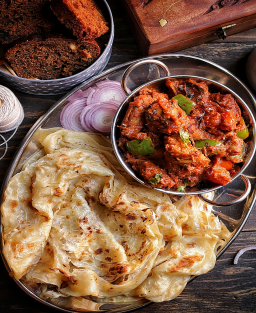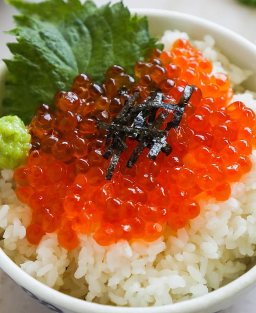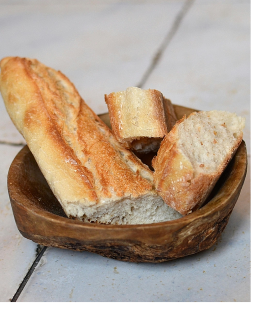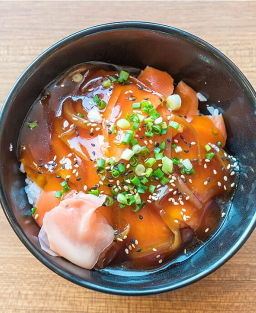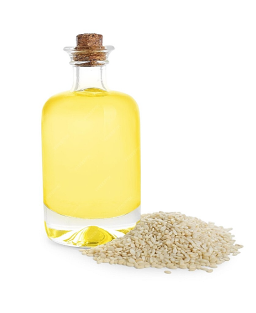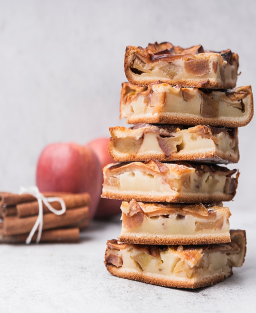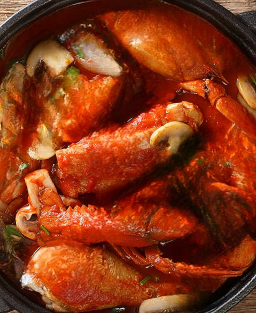- Out-of-Stock
Traditional Korean Kimchi (Baechu-kimchi, 배추김치)
Traditional Korean Kimchi (Baechu-kimchi, 배추김치)
Introduction
Kimchi (김치) is an iconic fermented dish in Korean cuisine. This traditional version is made with napa cabbage, called baechu (배추) in Korean, along with Korean radish (mu, 무), garlic, ginger, gochugaru (고춧가루) — Korean chili powder — and fermented condiments like fish sauce (aekjeot, 액젓).
This recipe follows ancestral Korean practices: no carrots or Westernized ingredients.
Ingredients
(for about 1 cabbage, approximately 2 to 3 kg of kimchi)
For the cabbage
-
1 large napa cabbage (baechu, 배추), about 1.5 to 2 kg
-
½ cup coarse unrefined sea salt
-
Water (enough to soak and rinse the cabbage)
-
130 g seasoning paste (yangnyeom, 양념)
Traditional complementary vegetables
-
1 small Korean radish (mu, 무), cut into thin matchsticks
-
2 to 3 green onions (pa, 파), cut into sections
Preparation
-
Salting the cabbage
-
Cut the cabbage in half or quarters lengthwise.
-
Rinse quickly in cold water.
-
Generously sprinkle salt between each leaf.
-
Let it drain for 2 to 3 hours, turning the pieces every 30 minutes.
-
The cabbage should become pliable. Rinse thoroughly 2 to 3 times with cold water to remove excess salt.
-
Drain well, head down, for about 30 minutes.
-
Do not press the cabbage: it must retain some of its natural moisture, essential for proper fermentation and final texture.
Why shouldn’t you press the cabbage in kimchi?
-
Nature of napa cabbage (baechu, 배추)
-
Napa cabbage has wide, tender, and juicy leaves that naturally soften after salting.
-
When salted, water slowly drains by osmosis without needing pressing.
-
Baechu absorbs the yangnyeom (seasoning paste) very well while remaining slightly crunchy after fermentation.
Pressing the cabbage:
-
Damages plant cells
-
Makes the kimchi soggy and watery
-
Disrupts the natural fermentation balance by extracting too much liquid at once
Note on napa cabbage names:
Napa cabbage (or nappa cabbage) is an Asian cabbage variety widely used in Korean cuisine, especially for kimchi. It is known by different names in various languages and regions:
-
Common names: Korean: 배추 (baechu) — Chinese: 大白菜 (dàbáicài) — Japanese: 白菜 (hakusai) — English: Napa cabbage, Chinese cabbage — French: chou chinois, chou de Pékin, chou napa
-
Regional names: Cantonese: 紹菜 (siu choy) — Hokkien: 白菜 (pe̍h-tshài) — Philippines: Pechay Baguio — Australia/New Zealand: Wombok, Wong Bok — UK: Chinese leaf, Winter cabbage
-
Close relatives: Bok choy (Brassica rapa subsp. chinensis): Shanghai cabbage, pak choi — Pe-tsaï: Chinese term for napa cabbage
-
Difference with European cabbages
European cabbages (white cabbage, green cabbage, etc.):
-
Have thicker, more compact, less juicy leaves
-
Are used for fermentations like sauerkraut, where pressing or pounding is necessary to release enough juice
-
This method is essential for sauerkraut but not suitable for kimchi, as it results in a denser, less lively texture
-
Stuffing the cabbage
-
Spread the seasoning paste (yangnyeom, 양념) between each leaf, starting from the base outward.
-
Fold or roll the stuffed cabbage onto itself.
-
Fermentation
-
Place the cabbage pieces in a clean airtight container.
-
Let ferment at room temperature for 1 to 2 days (depending on ambient temperature).
-
Then transfer to the refrigerator. Kimchi will continue to ferment slowly.
Tips
-
Kimchi tastes better after several days to a few weeks of fermentation.
-
It can be stored for several months in the refrigerator.
-
The older it gets, the better it tastes in cooked dishes (soups, stews, pancakes, etc.).
-
Gochugaru (고춧가루) is indispensable: it provides color, texture, and characteristic flavor. Do not substitute with non-Korean chili powder.











